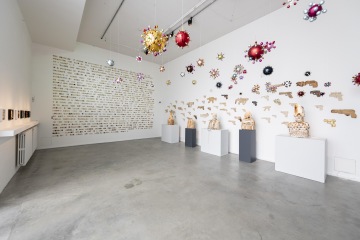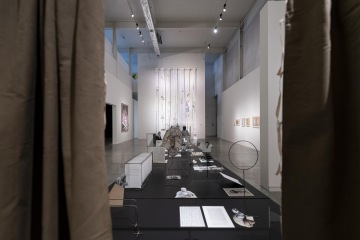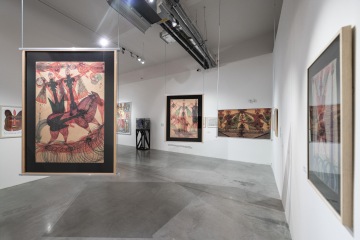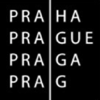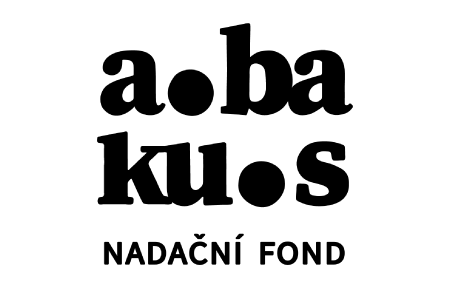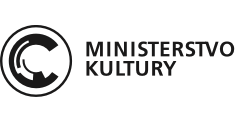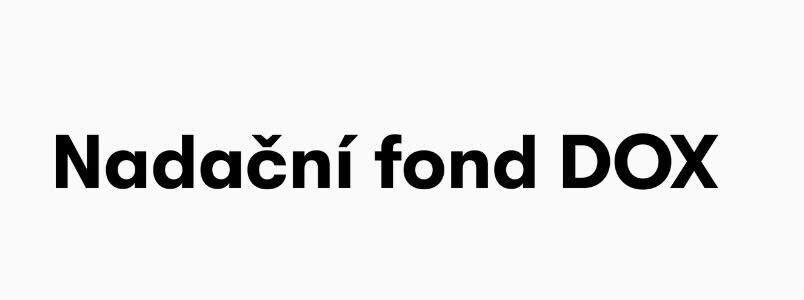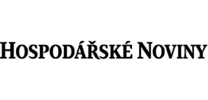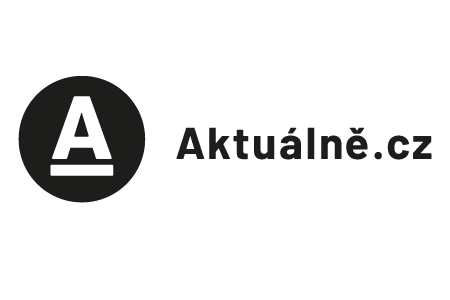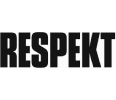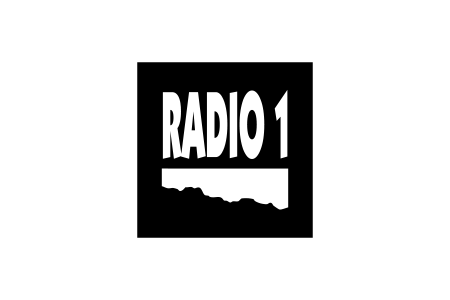Power, Powerlessness, and Illness in Contemporary Art
2 Jun 2022
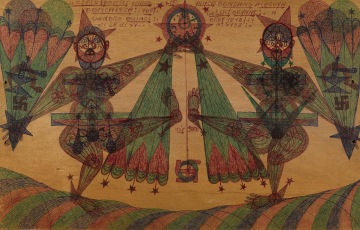
Contakt for media
Karolína Kočí
+420 777 870 219
karolina.koci@dox.cz
The final part of the “pandemic trilogy” (after Vanitas and Great Expectations) traces the reflection of power, powerlessness, and illness in contemporary “professional” art and in the work of artists classified as “art brut”, who create spontaneously, out of an inner need, often in secret, but always outside the world of the art business and its current trends, thus exploring the mutual permeability of both categories.
The central theme of the exhibition is the desire for power, which is the driving force of history, its constructive driver as well as its destructive force. The project was conceived long before the Covid 19 pandemic and the war in Ukraine, which put this theme in a completely new perspective and shed a sharp light on the pathology of personalities of potentates, the blind obedience of the crowd and the absurdity of institutional functioning. What was considered insane becomes the norm. The sickness of the powerful and the power of the powerless take on new content.
Issues of power and powerlessness, viewed through the prism of their illness, have always been central themes in the works of art brut artists, i.e., those who create spontaneously, out of an inner need, often in secret, but always outside the world of the art business and its current trends. Art brut is based on the subjective perception of reality and the personal mythologies of the authors, who in their parallel worlds often fit the roles of rulers, conquerors, and saviors - supermen, horsemen of the Apocalypse and messiahs. Their works feature symbols of power (the swastika, the red star, the hammer and sickle, the cross) and its means (weapons, instruments of torture, bars, and cages). But often they have a completely shifted meaning. An example is the work of Austrian artist August Wally, whose expressive style is characterized by grotesque figures combined with political symbols. In Wally's personal mythology, the swastika is a symbol of the feminine principle, while the hammer and sickle represent the masculine principle. This was related to his idea that he was a girl during the war and only after the war was he transformed into a boy by the Soviets.
Other Art Brut artists or established artists manifest themselves as land lords, demiurge-cartographers who gain control over real or fabricated territory by recording it and thus symbolically controlling it. The American artist Jerry Gretzinger, for example, created a site-specific installation of a fragment of his monumental map of the fictional territory called Ukrania for the exhibition at the DOX Centre. He has been working on it on and off all his life, constantly expanding and adding to it. The Czech artist Ota Prouza, on the other hand, combines his drawings into long scrolls to create graphic plans of megalopolises that he visits only in his imagination.
A specific group of artists presented in the exhibition are scientists-researchers who are trying to discover a primordial formula that would influence their lives and the existence of the whole of humanity. The Czech author Zdeněk Košek, for example, was convinced that he controlled the world's weather. Last but not least, the exhibition gives voice to victims and dissidents who perceive the outside world as hostile territory from which they must protect themselves or completely isolate themselves through the artistic act. This was the case of Polish-born Edmund Monsiel, who hid from the Nazi occupiers in the attic of his brother's house. However, he remained there after the end of the war for fear of the outside world until the end of his life. He managed to draw five hundred anxious scenes, full of crowded, repetitive faces.
This year marks the centenary of the publication of the book Bildnerei der Geisteskranken (Artistry of the Mentally Ill, 1922) by psychiatrist and art historian Hans Prinzhorn, who first critically assessed the work of psychiatric patients. The publication became one of the sources of inspiration for modern art and contributed to the formulation of the term art brut by Jean Debuffet (1945). This category included not only the work of the mentally ill, but also other spontaneous creators such as spiritist mediums, social outsiders, and other solitaries.
Contemporary artists, often established on the global art scene, enter into a dialogue with artists classified as art brut in the exhibition POWER(LESS) to offer their interpretation of the themes of power, powerlessness and illness and to express themselves on current political, social, racial and gender issues.
The exhibition opens with an eloquent gesture of three raised arms by the well-known Italian artist Maurizio Cattelan, whose provocative works often reflect on politically and socially sensitive topics. “His work in the exhibition refers to the Nazi salute, but also to Jacques Louis David's famous painting The Oath of the Horatii (1784), thus taking on an additional dimension and extended meaning,” says Otto M. Urban, one of the curators.
The exhibition also introduces the work of Russian artist and one of the faces of St Petersburg's activist opposition, Yelena Osipova, nicknamed the "grandmother of the opposition" or "the conscience of St Petersburg". Osipova has repeatedly taken part in protests against Russian aggression in Ukraine, which Russia falsely describes as the necessary ‘denazification’ of Ukraine.
The Czech scene is represented, for example, by the works of Robert Gabris and Eva Koťátková. The work of Robert Gabris is strongly autobiographical and deals with themes of physicality, identity, and social exclusion, especially the exclusion of the Roma minority, and the specifics of sexual and gender difference. Eva Koťátková has long been concerned with the artistic work of so-called outsiders and its confrontation with the world of cultural institutions. These themes are the focus of her extensive installation featuring artists from the Haus der Künstler (House of Artists) at the Austrian psychiatric clinic Gugging, which has now become an art center.
“Our aim is neither a historical probe nor a moral appeal. Together with forty-one artists from all over the world, who each represent a different historical and personal experience, we reflect on where normality ends and ‘illness’ begins. We seek catharsis in humorous insight and a weapon in ridicule,” says Terezie Zemánková, the exhibition’s curator.
The Power(less) project is held on the occasion of the Czech Presidency of the Council of the EU and includes a series of accompanying and educational programs reflecting power, powerlessness, and illness in contemporary society, which are intended for the general public, schools and families.
Curators
Ivana Brádková in memoriam, Terezie Zemánková, Otto M. Urban, Natálie Drtinová
Exhibiting Artists
Felix Brenner, Anibal Brizuela, Maurizio Cattelan, Filip Černý, Jaroslav Diviš, Janko Domšič, Robert Gabris, Martin Gerboc, Carlos Augusto Giraldo, Jerry Gretzinger, Julius Hartauer, Karel Havlíček, Josef Hofer, Xénia Hoffmeistrová, Iveta Horváthová, Matěj Hošek, Jana Kasalová, John Urho Kemp, Martin Kocourek, Marie Kodovská, Zdeněk Košek, Eva Koťátková, Alexander Lobanov, Přemysl Martinec, Kunizo Matsumoto, Andreas Maus, Edmund Monsiel, Óscar Morales, Martin Mulač, Jelena Osipovová, Marilena Pelosi, Daniel Pešta, Jiří Petrbok, Ota Prouza, André Robillard, Marek Schovánek, Jan Wolfchen Vlček, Pascal Vonlanthen, August Walla, George Widener a Carlo Zinelli
Works for the exhibition are on loan from
Atelier CREAHM (Švýcarsko), Ateliér radostné tvorby (Česko), Augustinum Stiftung (Německo), Collection Bruno Decharme (Francie), Collection of La Fabuloserie – France (Francie), Fait Gallery (Česko), Galerie Arthur Borgnis (Francie), Galerie Marie Kodovské (Česko), Christian Berst art brut (Francie), Kontakt. The Art Collection of Erste Group and ERSTE Foundation (Rakousko), KUNSTHAUS KAT18 (Německo), Maurizio Cattelan Archive (Itálie), Museum Gugging (Rakousko), Sbírka Leszka Macaka (Polsko), Sbírka Pavla Konečného (Česko), Sbírka Roberta Runtáka (Česko), soukromí sběratelé a prezentovaní umělci.
The exhibition will run until 6 November 2022.
Opening hours: Wed–Sun 12 noon to 6 p.m.







